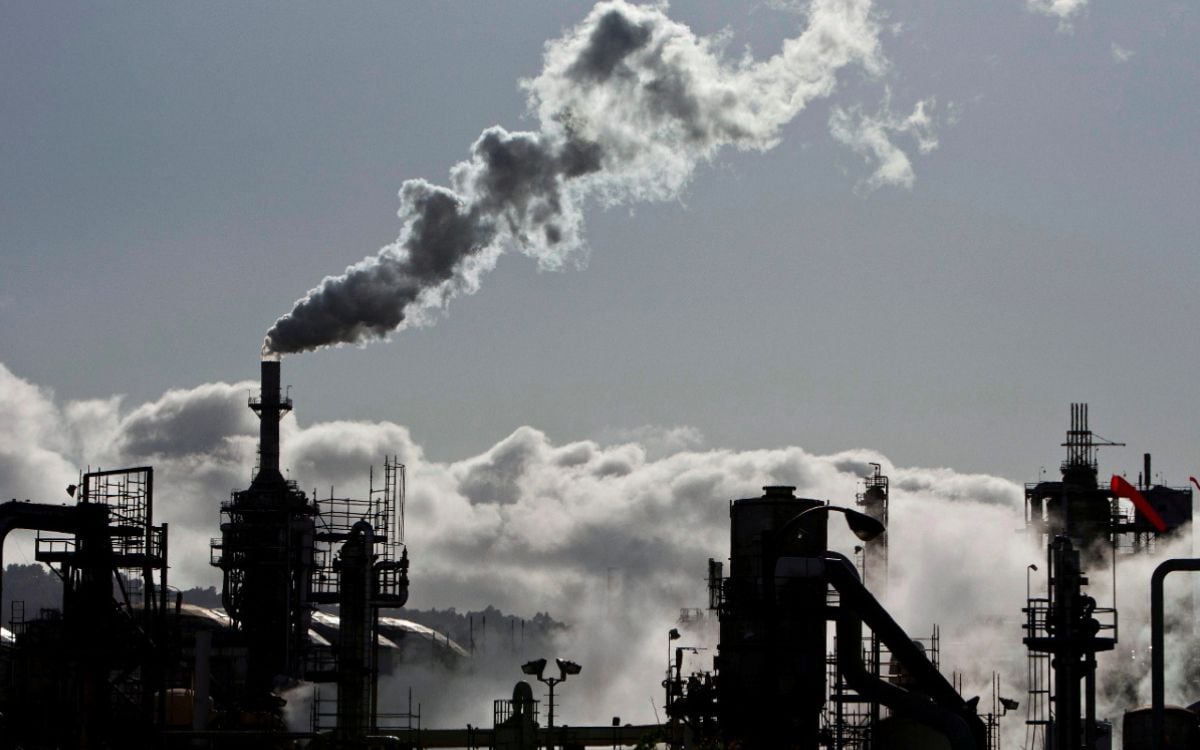
Scotland investigates obtaining hydrogen from organic waste in its commitment to abandoning fossil fuelsand a source of energy that is considered essential in an energy transition in which the British region, due to its orography and natural resources, will play a central role.
More than 70% of greenhouse gas emissions from human activity are carbon dioxide (C02), according to the latest report from the Intergovernmental Panel on Climate Change (IPCC)so hydrogen is seen as a substantial player in decarbonization by 2050.
“It is an energy vector, that is, it can store energy,” explains the researcher and professor of Chemical Engineering Raffaella Ocone to EFE, who experiments with its extraction of organic waste at Heriot-Watt University in Edinburgh.
With a large presence in nature, such as in water, its problem is “that it is oxidized,” says Ocone, so “we have to extract it in its pure state.”
Depending on the type of energy used to obtain it -of natural origin or not- it will be clean (green) or, on the contrary, it will generate gases (grey), which can be captured (blue).
The Scottish Government is betting on it in its gradual abandonment of fossil fuels, of importance in its economy by generating £12,300 million (€14,000 million) of its GDP in 2021 and nearly 90,000 jobs in the region, according to official data.
The action plan estimates that “domestic oil and gas production will come to an end in twenty years” in the North Sea without any action, explained the Secretary of Energy and Transport, Michael Matheson, before the regional Parliament.
Scottish targets are to generate 5 gigawatts (GW) of renewable (green) or low-carbon (blue) hydrogen by 2030, and an ambitious 25 GW with over 300,000 jobs by 2045.
The orography makes Scotland unique for this. In addition, thanks also to wind and tidal energy, it would position itself as an exporter to Europe, according to government projections, being able to generate up to £25,000 million (€28,300 million per year) per year in 2045.
address expectations
“I think we can meet expectations by producing green and blue hydrogen on a large scale,” says Professor Ocone, who is leading a £1 million (€1.13 million) large three-year groundbreaking project, in partnership with Malaysian oil company Petronas, to obtain it via biomass, an option barely developed.
Ocone’s laboratory uses “organic waste”, and through pyrolysis (the chemical decomposition of organic matter) they “burn with the absence of oxygen”, something that in Scotland could come “from the whiskey industry”, says the expert.
In the process, “we continue to obtain some C02” that is “captured and stored, therefore it is not emitted into the atmosphere,” adds the Italian scientist with a PhD in Princeton.
“There are biomasses that are better than others,” he adds. Therefore, the raw material is important; later, the hydrogen “comes with other gases”, which makes necessary techniques for its separation.
Hydrogen brings intrinsic challenges: “It has very little energy,” explains Ocone, and for this reason “you have to store a large amount and put it under very high pressure and low temperatures,” which makes it difficult to store and transport.
“We are also investigating how hydrogen behaves when stored under layers (such as salt caves), as you have to “make sure it doesn’t leak anywhere.”
Faced with the challenges that hydrogen poses, Professor Ocone points out the importance of investors, and is also convinced that “this is the path towards the energy transition” and recalls the need to “act fast, the rhythm is very important to get first-rate hydrogen.”
Source: EFE Agency
Source: Gestion
Ricardo is a renowned author and journalist, known for his exceptional writing on top-news stories. He currently works as a writer at the 247 News Agency, where he is known for his ability to deliver breaking news and insightful analysis on the most pressing issues of the day.












